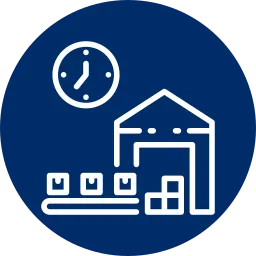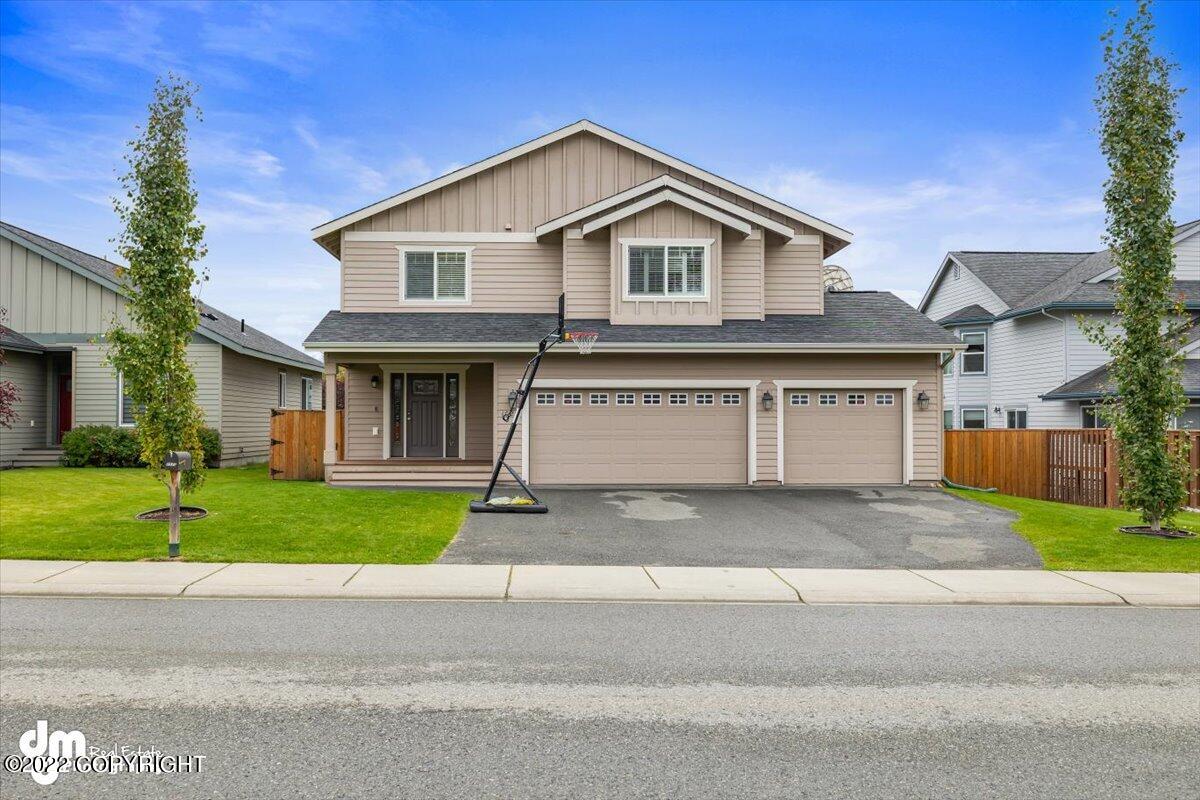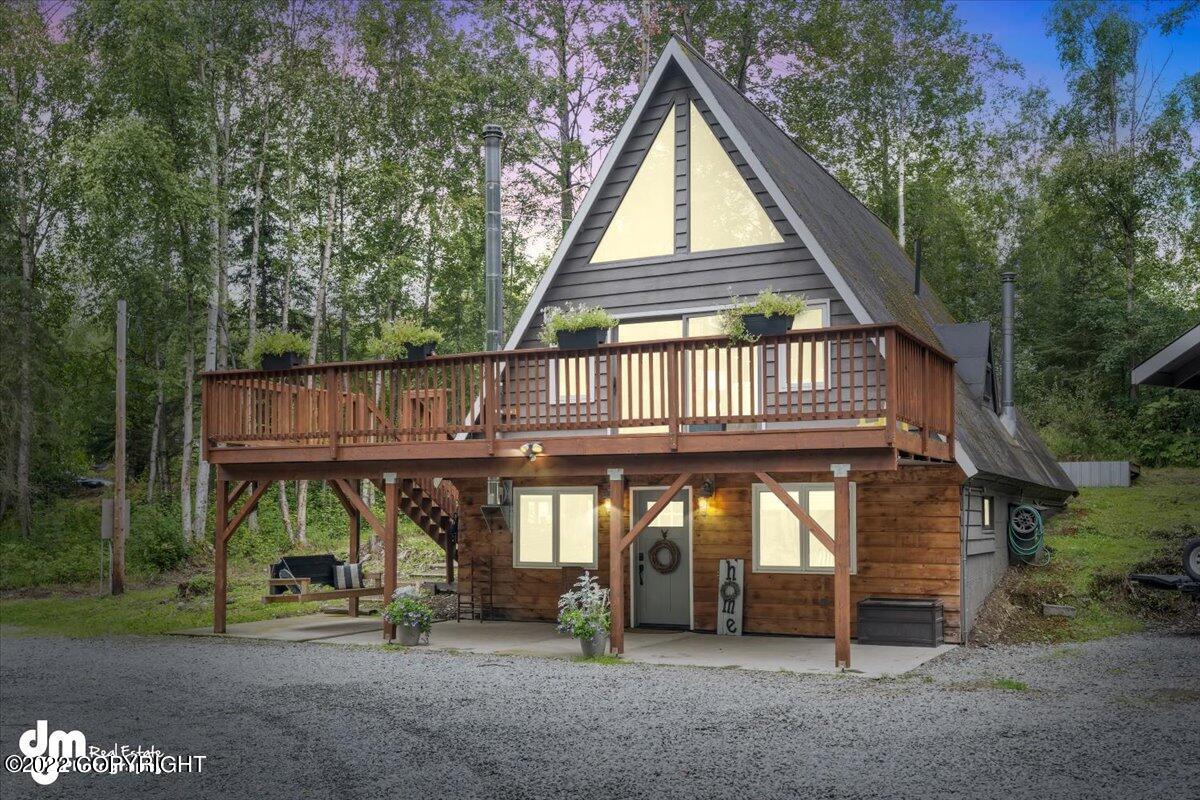Alejandro Grimaldo
LUXURY REAL ESTATE
Explore Our Best
real estate services

New Construction
We pride ourselves in taking the extra time required to guide buyers in the process of new homes.

55+ Communities
Are you interested in living in a 55+ community? Don't hesitate and call me to check them out.

Henderson Homes
Whether you are interested in, buying, or selling, we can help you find your property.

Alejandro Grimaldo
Languages Known: English, Spanish
Specialties: MIL, FIRST, NEW CON, RELOC
MEET NOW
Alejandro Grimaldo
Find Your Forever Home with an Agent Who Truly Understands
Is it time to right-size your home and embrace a more comfortable lifestyle?
My approach is simple: I put your needs first, ensuring a seamless and stress-free experience when selling or buying your home. I listen to my client’s wants and needs to achieve the best outcome, ensuring that the home buying or selling process is fun, easy, and stress-free.
📲 If you are moving or relocating to Southern Nevada, I can make that transition so much easier! Your real estate journey and the process will feel simple and less stressful.
Text me at 📲 (702) 327-0565
I'll get back ASAP!!!
Alejandro Grimaldo – Henderson & Las Vegas Real Estate – S.175370
HOW WE'LL SELL YOUR HOME FOR MORE $$$
(In 3 easy steps)
STEP 1: Preparing Your Home For Sale
WOW Potential Buyers
You only get one shot to make a great first impression, meaning, we need to WOW potential buyers with your home.
Here is How We Help You Do That:
*- Home owners can sell their home up to 5% more simply going the extra mile when cleaning and decluttering. We'll pay our professional cleaning service to clean your home once it has been decluttered and it's ready to list.
*- Unlock that extra 5% by fixing potential issues before they are discovered by the home inspector. These things can be fixed or replaced by a licensed and skilled handyman.
*- Curb appeal is a great way of attracting ready, willing and able buyers. Most buyers do not want to come and do any work, they are looking for a move-in-ready home. Curb appeal can help your home sell faster and for top dollar.
STEP 2: Various Attractive Marketing Strategies.
We Use Viral Videos in Social Media to Attract More Home Buyers
The first step towards maximizing views, which in turn leads to more offers, is to create viral marketing material to promote your home.
*- Professional Photos (Increases potential home buyers)
*- Video Tours (Youtube, Facebook, Instagram, and TikTok)
*- 3D Virtual Tours (Increases views and potential buyers)
*- Custom Property Website (Easier to showcase)
*- Custom Postcards Around the Neighborhood (Maximizing awareness)
We'll Market Your Home Everywhere!!!


No Pressure or Hassle. Guaranteed!
STEP 3: Smart Pricing
Dynamic Pricing Strategy
Choosing the right pricing strategy is crucial in the home-selling process. Even if your home is better than new and marketed to 100,000 buyers, incorrect pricing can lead to no showings and a loss of tens of thousands of dollars. Unfortunately, this is common for many uninformed sellers.
We'll Help You Price Your Home To Sell For Top Dollar By:
*- Doing a Comparable Market Analysis (Market trends)
*- Doing an Appraisal Prior to Listing (This will ensure no
errors)
*- Doing Our Perfect List Strategy (Maximizing potential
buyers)
Are You Ready For A Place To Call Home!
Let's Help You!

Buying A Home?
Buying your first home should be a rewarding and exciting time in your life, and one that you look back on with fond memories.Home buyer clients find this report valuable in helping them understand the process and getting to their dream home faster.

Explore Our Newest
Henderson Listings
Tour Our Single Story
55+ Henderson Homes
Explore Our Tools
What My
Clients Say
Contact Us
Let's Start A Conversation
Ask Us Anything
Frequently Asked Questions
Why do you need a Realtor?
When buying or selling a home, there are so many options…which can also present a lot of obstacles. Laws change, forms change, and practices change all the time in the real estate industry. Because it’s our job to stay on top of those things, hiring a realtor reduces risk, and can also save you a lot of money in the long run.
When you work with me as your Realtor, you’re getting an expert who knows the area; knows how to skillfully guide your experience as a seller or buyer; can easily spot the difference between a good deal and a great deal. My job is to translate your dream into a real estate reality, and I work hard to earn and keep my business. This also means earning your trust: When you work with me, you’ll be working with a realtor who looks out for your best interests and is invested in your goals.
Which loan should you choose?
There are two different types of loans conventional loans and government-backed loans. The main difference is who insures these loans:
1 - Government-backed loans (FHA, VA and USDA):
(a) - Are, unsurprisingly, backed by the government.
(b) - Include FHA loans, VA loans, and USDA loans.
(c) - Make up less than 40 percent of the home loans generated in the U.S. each year.
2 - Conventional loans
(a) - Are not backed by the government.
(b) - Include conforming and non-conforming loans (such as jumbo loans).
(c) - Make up more than 60 percent of the loans generated in the U.S. each year.
What is the difference between FHA, VA and USDA loans?
1 - FHA LOANS:
FHA loans, which are insured by the Federal Housing Administration, are typically designed to meet the needs of first-time homebuyers with low or moderate incomes. FHA loans can be approved with a down payment of as little as 3.5 percent and a credit score as low as 580.
FHA loans are often called “helper loans,” because they give a leg up to potential borrowers who may not be able to secure one otherwise. For this reason, FHA loans have maximum lending limits, which are determined based on housing values for the county where the for-sale home is located.
Because the agency is taking on more risk by insuring FHA loans, the borrower is expected to pay mortgage insurance both at the time of closing and on a monthly basis, and the property must be owner-occupied.
2 - VA LOANS:
VA loans are backed by the Department of Veterans Affairs and they are guaranteed to qualified veterans and active-duty personnel and their spouses. VA loans can be approved with 100 percent financing, meaning VA borrowers are not required to make a down payment.
Unlike FHA loans, borrowers do not have to pay mortgage insurance on VA loans.
3 - USDA LOANS:
You may also hear about USDA loans, which are backed by the United States Department of Agriculture mortgage program. USDA loans are intended to support homeowners who purchase homes in rural and some suburban areas. USDA loans do not require a down payment and may offer lower interest rates; borrowers may have to pay a small mortgage insurance premium in order to offset the lender’s risk.
What’s a conventional loan? Understanding what it means to be conforming and non-conforming
Buyers who have a more established credit history and a larger down payment may prefer to apply for a conventional loan. These loans may offer a lower interest rate and only require the home buyer to purchase monthly mortgage insurance while the loan-to-value ratio is above a certain percentage, so a conventional loan borrower can typically save money in the long run.
Conventional loans are divided into two types: Conforming loans and non-conforming loans.
1 - CONFORMING LOANS:
Conforming loans are those that meet (or conform to) predetermined standards set by Fannie Mae and Freddie Mac — two government-sponsored institutions that buy and sell mortgages on the secondary market. By selling the loans to "Fannie and Freddie," lenders can free up their capital and return to issue more mortgages than if they had to personally back every loan that they approve.
The main standard for conforming loans is that the amount borrowed must be under a certain amount; in Alaska, a single-family home loan must be under $647,200 in order to be considered conforming.
Properties with more than one unit have higher limits.
2 - NON-CONFORMING (JUMBO) LOANS:
But what happens if a borrower wants to borrow more than the Freddie- and Fannie-approved loan amount? In this case, they would have to apply for a “jumbo loan,” which is the most common type of non-conforming loan.
Because the lender cannot resell the jumbo loan (or any non-conforming loan) to Freddie Mac or Fannie Mae, jumbo loans are considered to be riskier than a conforming loan. To protect against this risk, the bank will typically require a higher down payment; the interest rate on a jumbo loan may also be higher than if the same borrower applied for a conforming loan.
What kind of rate should you choose?
Rate types: Fixed-rate vs. adjustable-rate mortgages.
In addition to the loan type you choose, you’ll also have to determine if you want a fixed-rate mortgage or an adjustable-rate mortgage (ARM). A fixed-rate mortgage has an interest rate that does not change for the life of the loan, so it provides predictable monthly payments of principal and interest.
An adjustable-rate mortgage typically offers an initial introductory period with a low-interest rate. Once this period is over, the interest rate adjusts periodically, based on the market index. The initial interest rate on an ARM can sometimes be locked in for different periods, such as one, three, five, seven, or 10 years. Once the introductory period is over, the interest rate typically readjusts annually.












